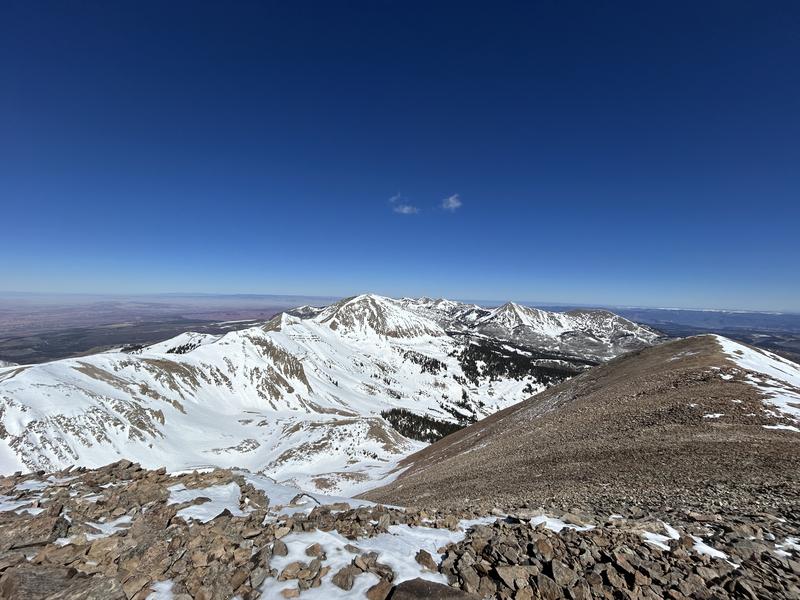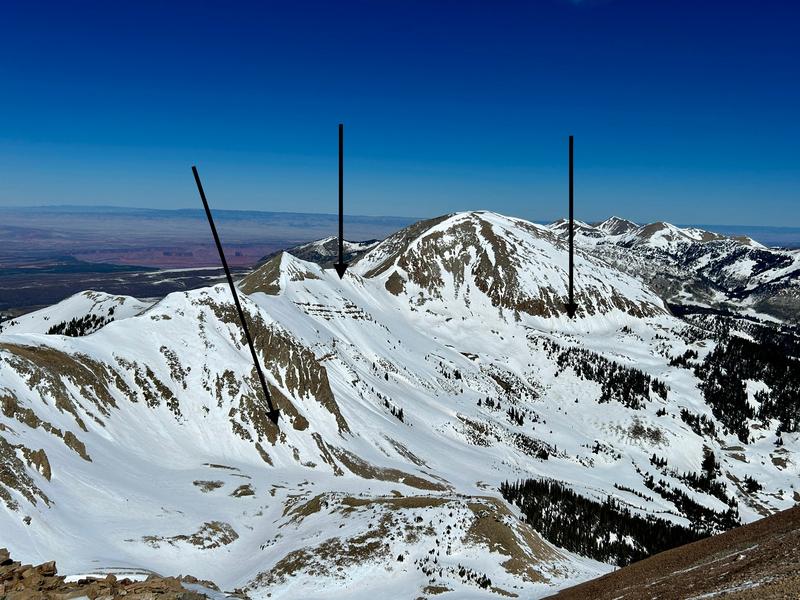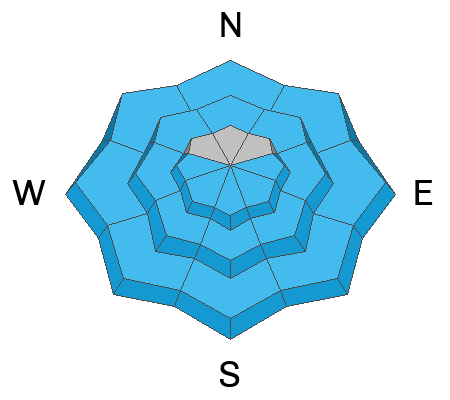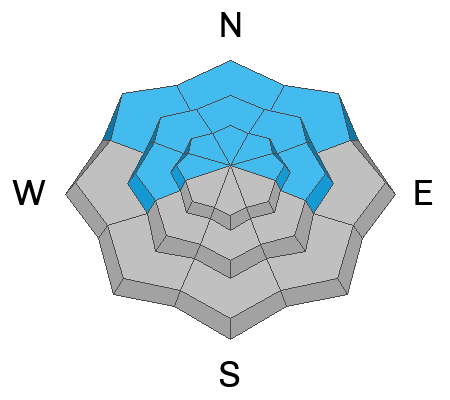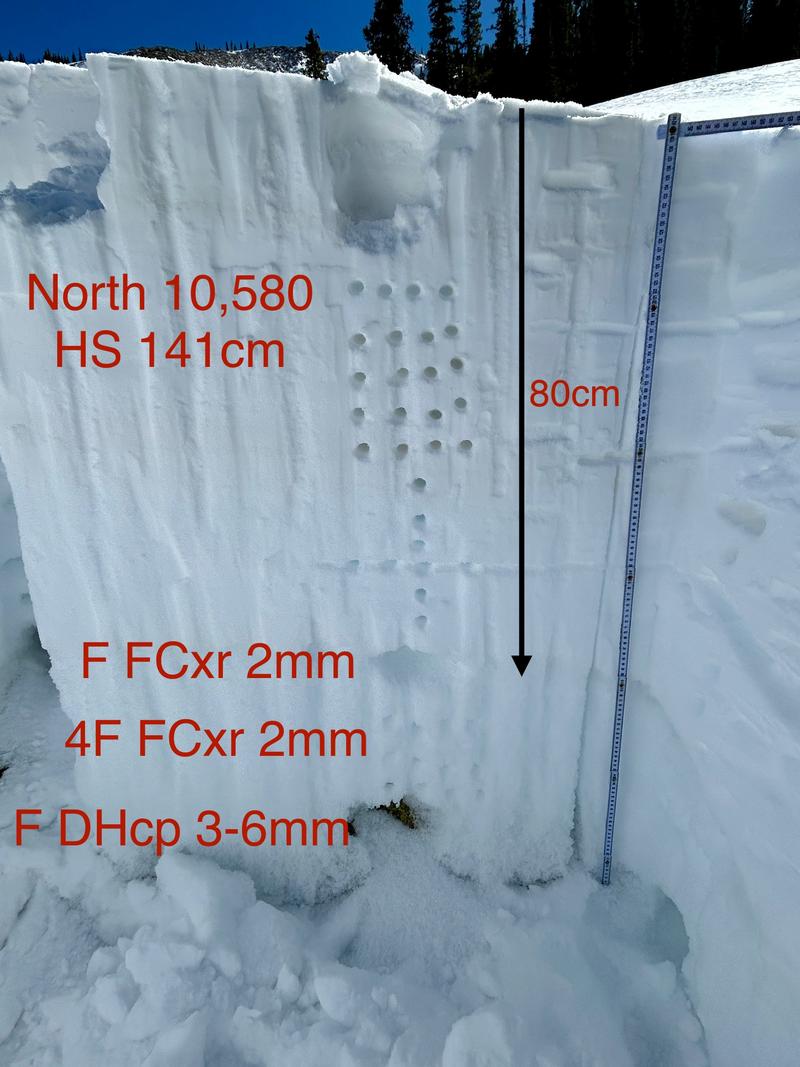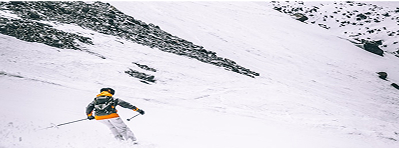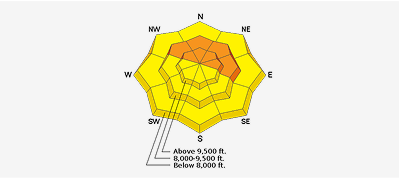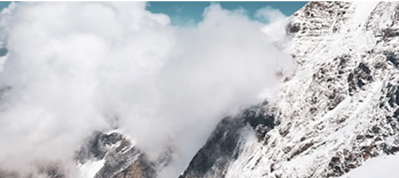Forecast for the Moab Area Mountains

Issued by Dave Garcia on
Thursday morning, March 27, 2025
Thursday morning, March 27, 2025
This morning, the danger is MODERATE on steep sunny slopes that face W-S-E and northerly aspects near treeline and below for avalanches involving wet snow. As the day heats up, the danger will rise to CONSIDERABLE on steep slopes facing W-S-E, and natural and human-triggered avalanches are LIKELY. Most activity will involve wet-loose avalanches, but the potential for wet slab avalanches is increasing each day. Pay attention to the snow surface, and start and end your day early to increase your margin of safety.
The danger is MODERATE on steep slopes facing W-N-E near and above treeline, and on northerly aspects below. In these areas deep and dangerous, human-triggered avalanches failing on a buried persistent weak layer are possible. The danger is greatest on steep slopes near treeline that face N-NE. While the likelihood of triggering this type of avalanche is decreasing, the consequences remain severe.
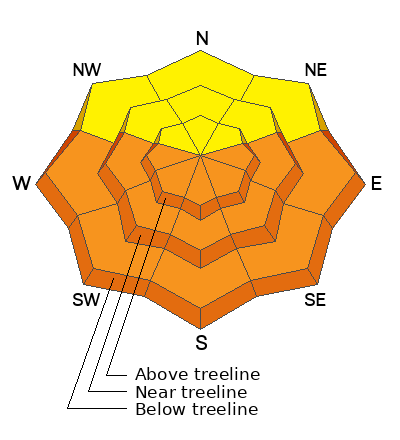
Low
Moderate
Considerable
High
Extreme
Learn how to read the forecast here


